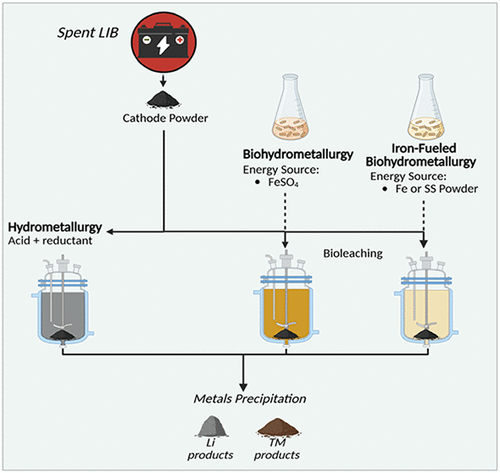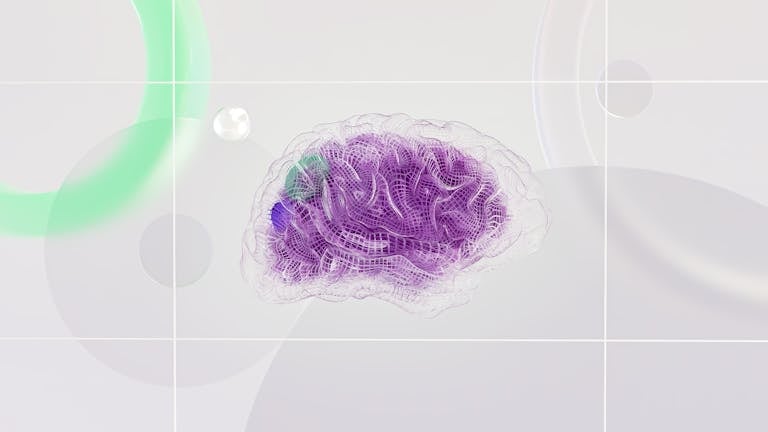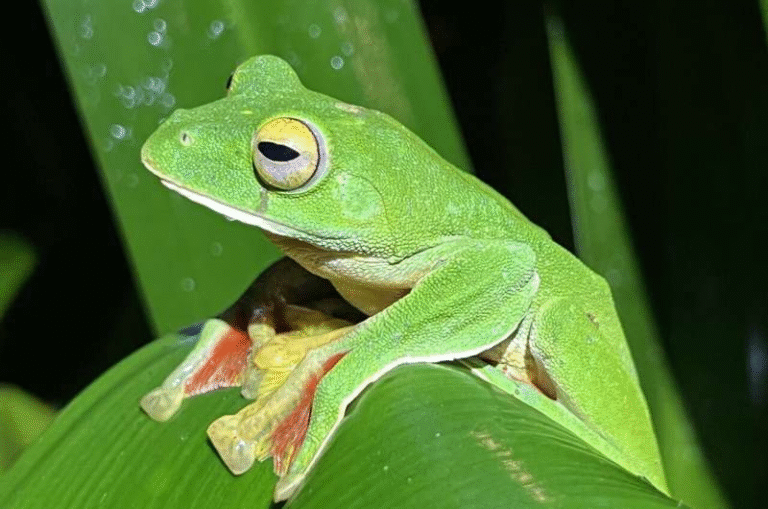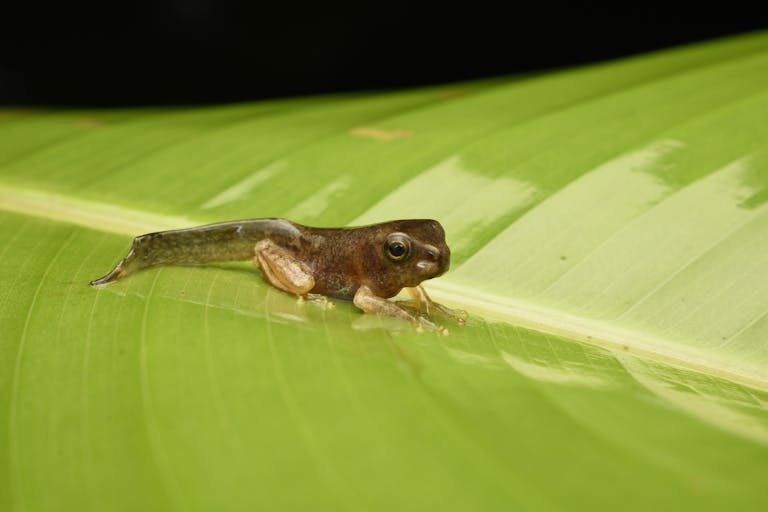Orcas in the Gulf of California Are Flipping Young Great White Sharks to Eat Their Livers
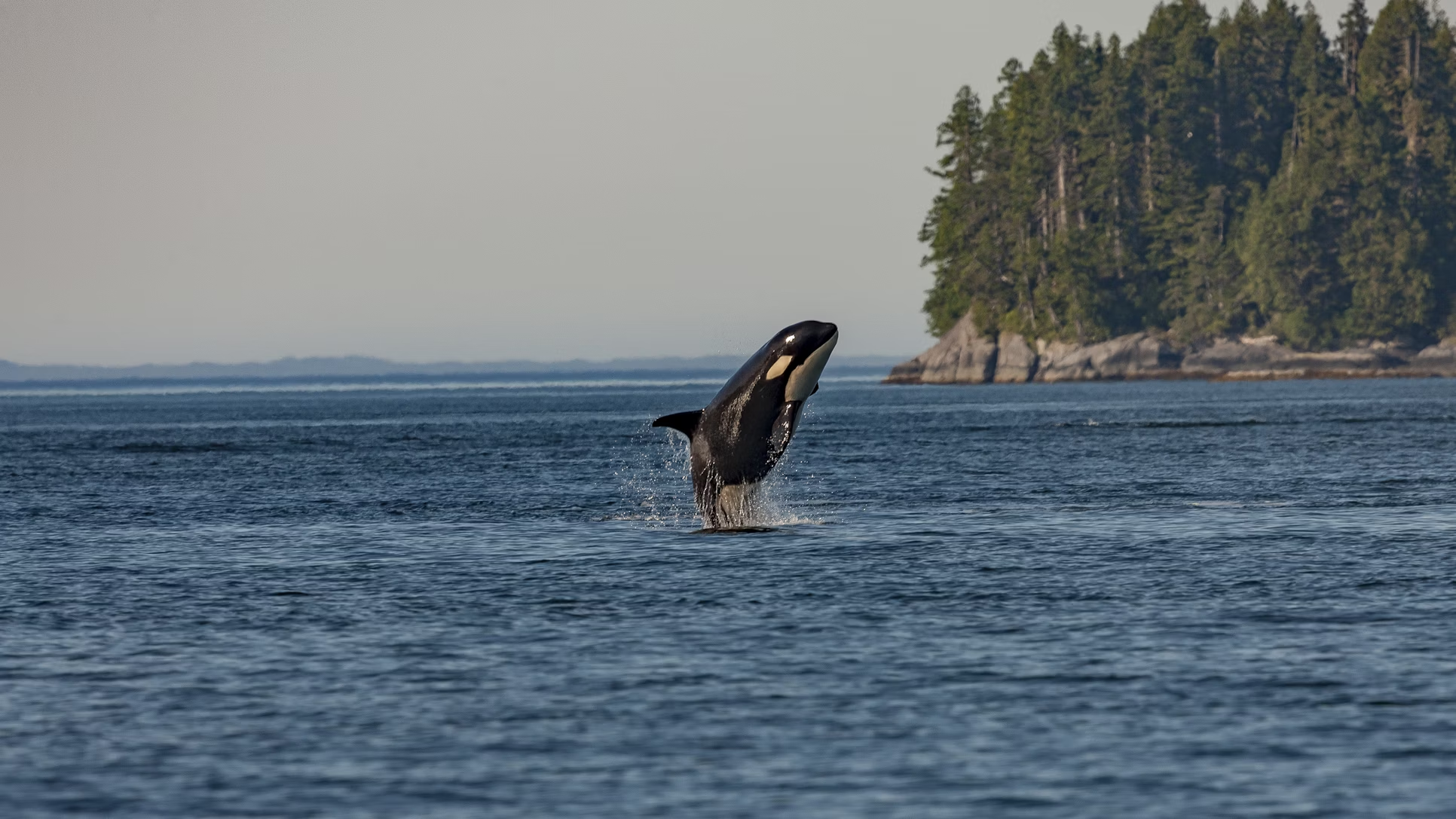
A group of killer whales, or orcas, in the Gulf of California has been caught on camera doing something extraordinary — and slightly terrifying. They’ve been seen hunting young great white sharks, flipping them upside down to paralyze them, and then eating their livers. The discovery comes from a recent study published in Frontiers in Marine Science and provides a new glimpse into just how intelligent and adaptable these apex predators are.
The Discovery in Detail
The study focuses on a specific pod of orcas known as Moctezuma’s pod. This pod has been previously documented in the region feeding on rays, bull sharks, and whale sharks, but this is the first time they’ve been observed targeting juvenile great white sharks. Researchers documented two separate hunts, one in August 2020 and another in August 2022, both in the Gulf of California.
In both cases, five orcas were seen working together in a coordinated attack. The orcas pushed the young sharks toward the surface and then flipped them onto their backs. This action puts the shark into a state known as tonic immobility, a sort of temporary paralysis that occurs when certain species are inverted. Once immobilized, the orcas had easy access to the shark’s belly, where the liver—a large, energy-rich organ—is located.
After a short struggle, the orcas were seen resurfacing with the liver in their mouths, leaving behind most of the carcass. In one recorded incident, witnesses saw a shark’s liver hanging out from its side before the orcas pulled it away completely.
The team identified the orcas individually based on unique marks on their dorsal fins, confirming that the same pod was responsible for all three shark deaths.
Why the Liver?
A shark’s liver is enormous, making up nearly a third of its total body weight, and is packed with oils and nutrients that store energy. It’s basically the most nutritious part of the animal, making it a prime target for predators.
Orcas seem to know this. Similar behavior has been observed off South Africa, where orcas named Port and Starboard became infamous for preying on great whites and removing their livers with surgical precision. What’s new here is that juvenile sharks, not adults, are being hunted. This suggests that Moctezuma’s pod might be taking advantage of the inexperience and smaller size of younger sharks to make their hunts easier and less risky.
How They Do It
The hunting method relies on teamwork and intelligence. One orca distracts or herds the shark, while another moves in to flip it. Once the shark is upside down, it becomes motionless and defenseless. Orcas then bite into the abdominal area to access the liver, which is high in squalene—a compound rich in calories and essential for energy.
Scientists believe this shows a remarkable degree of social learning among orcas. Hunting strategies like this are thought to be passed down through generations, just like how some pods specialize in hunting seals, fish, or squid. The Gulf of California pod appears to have developed a specialization in elasmobranchs (a group that includes sharks and rays).
Why in the Gulf of California?
The Gulf of California, also known as the Sea of Cortez, is a biodiversity hotspot. However, climate patterns such as El Niño have been warming the waters, shifting the nursery grounds of great white sharks northward. This means juvenile great whites are appearing more frequently in this region — right where Moctezuma’s pod operates.
This overlap may have given the orcas a new food source. Juvenile sharks, which can reach around 2.5 meters in length, are still large enough to provide a substantial meal but small enough to handle safely. Researchers suspect that these environmental shifts may have opened a window of opportunity for the pod to develop and refine this hunting strategy.
What Scientists Think
According to marine biologists who studied the footage, this could be the first recorded instance of orcas repeatedly targeting juvenile great white sharks. It challenges the long-held assumption that great whites are always safe at the top of the marine food chain.
Older great whites are known to flee an area when orcas appear — sometimes abandoning entire seasonal feeding zones for months. Juvenile sharks, however, might not have developed this instinct yet. Whether that behavior is learned or innate is something researchers are still trying to figure out.
The scientists also warn that the sample size is small—just two hunts and three sharks—so they can’t yet say whether this is common behavior. The next step will be to conduct a detailed dietary survey of Moctezuma’s pod to find out how often they actually eat sharks. That’s easier said than done, though: orca hunts are unpredictable and fieldwork is expensive.
What This Says About Orca Intelligence
Orcas are among the most intelligent and culturally complex animals in the ocean. Different pods across the world have distinct dialects, hunting styles, and social traditions. Some use waves to knock seals off ice floes, while others beach themselves temporarily to grab sea lions. The Gulf of California orcas are adding a new strategy to that list.
By flipping their prey to induce tonic immobility, these orcas demonstrate an understanding of cause and effect—a level of cognition seen only in a few species. They know that a flipped shark becomes helpless, and they exploit that knowledge efficiently.
It’s a vivid reminder that orcas are not just big, friendly dolphins—they’re strategic, highly adaptable predators capable of learning and innovating.
Why It Matters
From an ecological standpoint, this behavior could have significant ripple effects. Great whites are apex predators themselves, so if juvenile survival rates drop due to orca predation, it could alter marine food chains in the region. The researchers emphasize the need to monitor these interactions to understand their long-term impact.
They also suggest using this information to identify critical habitats for orcas in the Gulf, so that conservation plans can be developed to minimize human impact—especially from fishing, pollution, and boat traffic.
The study also reinforces how climate change and warming oceans are reshaping species distributions and predator-prey relationships. What once seemed rare—killer whales preying on white sharks—may become more common as both species adjust to new environmental realities.
What We Still Don’t Know
There are still open questions:
- How widespread is this behavior among orca pods?
- Do the same hunting methods occur elsewhere with other shark species?
- Will great whites adapt over time to avoid areas frequented by these orcas?
Only continued observation will answer those. For now, the findings show just how dynamic and surprising life beneath the surface can be.
The Bigger Picture
It’s easy to think of great white sharks as the ultimate ocean predator, but nature doesn’t always stick to simple hierarchies. In the vast underwater world, predators can become prey, and intelligence often outweighs brute strength.
This new research on Moctezuma’s pod paints a fascinating picture of orcas as evolving hunters that learn, teach, and refine their strategies in real time. As scientists continue to study them, one thing is certain: there’s still so much we don’t understand about these powerful and intelligent animals that rule the seas in their own unique ways.

